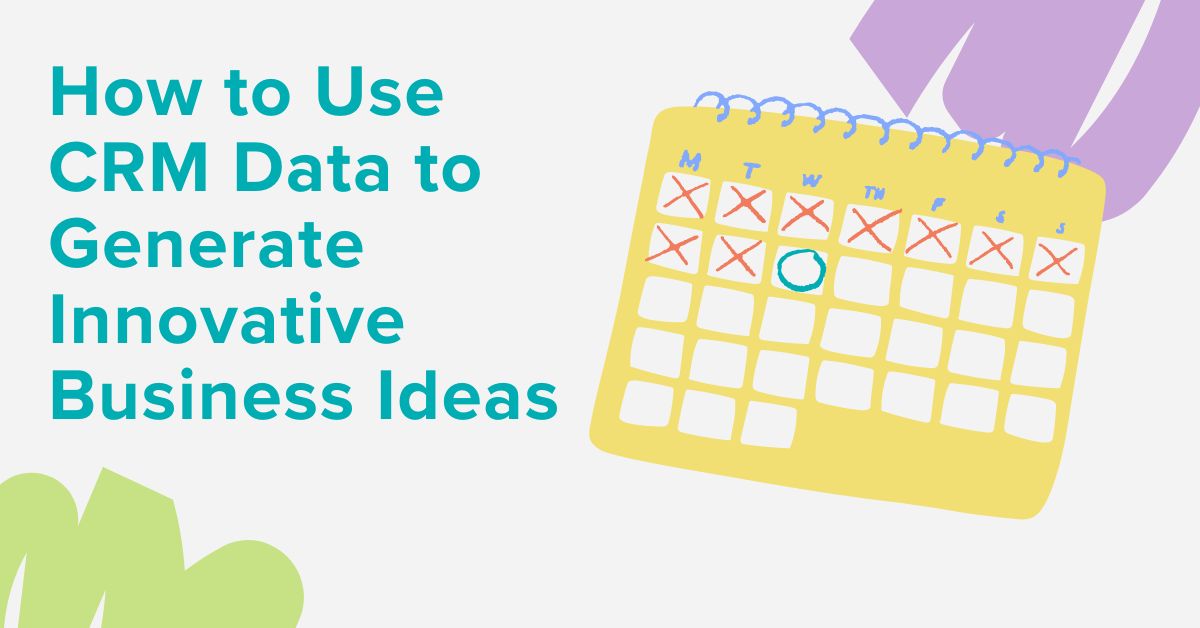Using CRM (Customer Relationship Management) data to generate innovative business ideas can be a game-changer for any organization. Here’s a step-by-step guide to help you harness this valuable resource effectively:
1. Understand Your CRM Data
Start by familiarizing yourself with the data collected in your CRM system. This typically includes customer profiles, purchase history, interaction logs, feedback, and support tickets. Make sure you have a clear understanding of what data you have and how it’s organized.
2. Analyze Customer Behavior and Preferences
Dive into the data to identify patterns and trends in customer behavior. Look at:
- Purchase Patterns: What products or services are most popular? Are there seasonal trends or spikes in demand?
- Customer Feedback: What are customers saying about your products or services? Are there common complaints or requests?
- Interaction History: How often do customers interact with your company? What are the common channels of communication?
3. Segment Your Customer Base
Divide your customers into segments based on common characteristics such as demographics, buying behavior, or geographic location. This segmentation will help you tailor your analysis and identify opportunities specific to each group.
4. Identify Gaps and Pain Points
Look for gaps in your current offerings or areas where customers are dissatisfied. These gaps can be opportunities for innovation. For instance, if many customers are requesting features that your current product lacks, this could be a cue to develop or enhance that feature.
5. Explore Cross-Selling and Upselling Opportunities
Use your CRM data to identify potential cross-selling and upselling opportunities. For example, if customers who buy a particular product often also purchase related items, you could create bundled offers or suggest related products at checkout.
6. Leverage Customer Feedback for New Ideas
Pay close attention to feedback and reviews. Customers often provide valuable insights into what they need or want. If there are recurring themes or requests, consider how you could address these through new products, services, or improvements.
7. Track Competitor Activities
Your CRM data can also provide insights into how your offerings compare to competitors’. Analyze customer feedback and behavior to understand what competitors are doing well and where they might be falling short. Use this information to find ways to differentiate your business.
8. Implement Predictive Analytics
Use predictive analytics to forecast future trends based on historical data. This can help you anticipate customer needs and market changes, allowing you to innovate proactively rather than reactively.
9. Test and Validate Ideas
Before fully committing to a new idea, use A/B testing or pilot programs to test it with a small segment of your customer base. Gather feedback and assess the results to ensure that the innovation meets customer needs and expectations.
10. Foster a Culture of Innovation
Encourage your team to regularly review CRM data and brainstorm new ideas based on their findings. Create an environment where experimentation and creative thinking are valued and rewarded.
By following these steps, you can turn CRM data into a powerful tool for generating innovative business ideas, leading to improved customer satisfaction and business growth.
